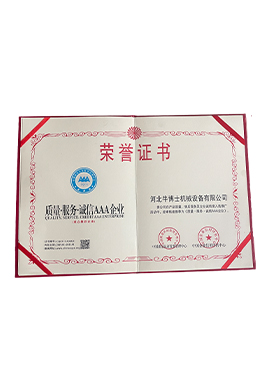reaper and binder machine
The Reaper and Binder Machine Revolutionizing Agriculture
Agriculture has always been the foundation of civilization, providing the essential food supplies needed for survival. With the passage of time, advancements in technology have transformed traditional farming practices, making them more efficient and productive. Among the remarkable inventions that changed the agricultural landscape, the reaper and binder machine stands out as a pivotal innovation that paved the way for modern farming techniques.
The reaper and binder machine was invented in the 19th century, at a time when harvesting crops was labor-intensive and time-consuming. Before this invention, farmers relied on hand tools such as sickles and scythes, which required significant manpower and effort. This manual method of harvesting was not only arduous but also limited the amount of land that could be cultivated and harvested in a season. As the demand for more food grew due to population increases and urbanization, the need for more efficient farming equipment became apparent.
The invention of the reaper can be attributed to Cyrus McCormick, who developed the first successful mechanical reaper in 1831. This groundbreaking machine was capable of cutting down grains at a much faster rate than manual labor. McCormick’s reaper was hand-operated and allowed one person to do the work of several, significantly improving efficiency on farms. However, while it addressed the cutting of crops, it did not offer a solution for bundling them for transport.
Enter the binder machine, which was developed in the mid-19th century as an extension of the reaper's functionalities. The binder not only harvested the crops but also tied them into convenient bundles, making it easier to handle and transport the grain. This crucial innovation alleviated farmers’ burdens, allowing them to collect their harvest more quickly and manage larger plots of land effectively.
reaper and binder machine

The cultural impact of the reaper and binder machine was profound. With these machines, farming became less grueling, enabling farmers to focus on other crucial aspects of agricultural production. As the agricultural sector became more productive, it also supported the growth of urban centers by providing a reliable food supply. The mechanization of farming helped to usher in the Industrial Revolution, as surplus agricultural labor migrated to cities seeking jobs in burgeoning industries.
Additionally, this mechanization had far-reaching economic implications. The decrease in labor costs meant that fewer workers were needed for harvest, leading to changes in the labor force landscape. While this initially resulted in job losses, the increase in agricultural productivity paved the way for new opportunities in other sectors, creating a more diversified economy.
Environmental considerations also arose from the widespread adoption of the reaper and binder. While these machines enhanced productivity, they also led to increased monoculture practices and a reliance on fewer staple crops. This shift necessitated discussions surrounding sustainable farming practices and the need to preserve biodiversity in agriculture.
In conclusion, the reaper and binder machine represents a crucial milestone in agricultural history. By revolutionizing the harvesting process, these machines increased efficiency and productivity, contributing to economic growth and urbanization. However, as agriculture continues to evolve, it is essential to balance mechanization with sustainable practices that protect the environment and promote biodiversity. Understanding the legacy of the reaper and binder machine allows us to appreciate the advancements in agricultural technology and their implications for the future of farming.
Latest news
-
When to Upgrade Your Old Forage HarvesterNewsJun.05,2025
-
One Forage Harvester for All Your NeedsNewsJun.05,2025
-
Mastering the Grass Reaper MachineNewsJun.05,2025
-
How Small Farms Make Full Use of Wheat ReaperNewsJun.05,2025
-
Harvesting Wheat the Easy Way: Use a Mini Tractor ReaperNewsJun.05,2025
-
Growing Demand for the Mini Tractor Reaper in AsiaNewsJun.05,2025
